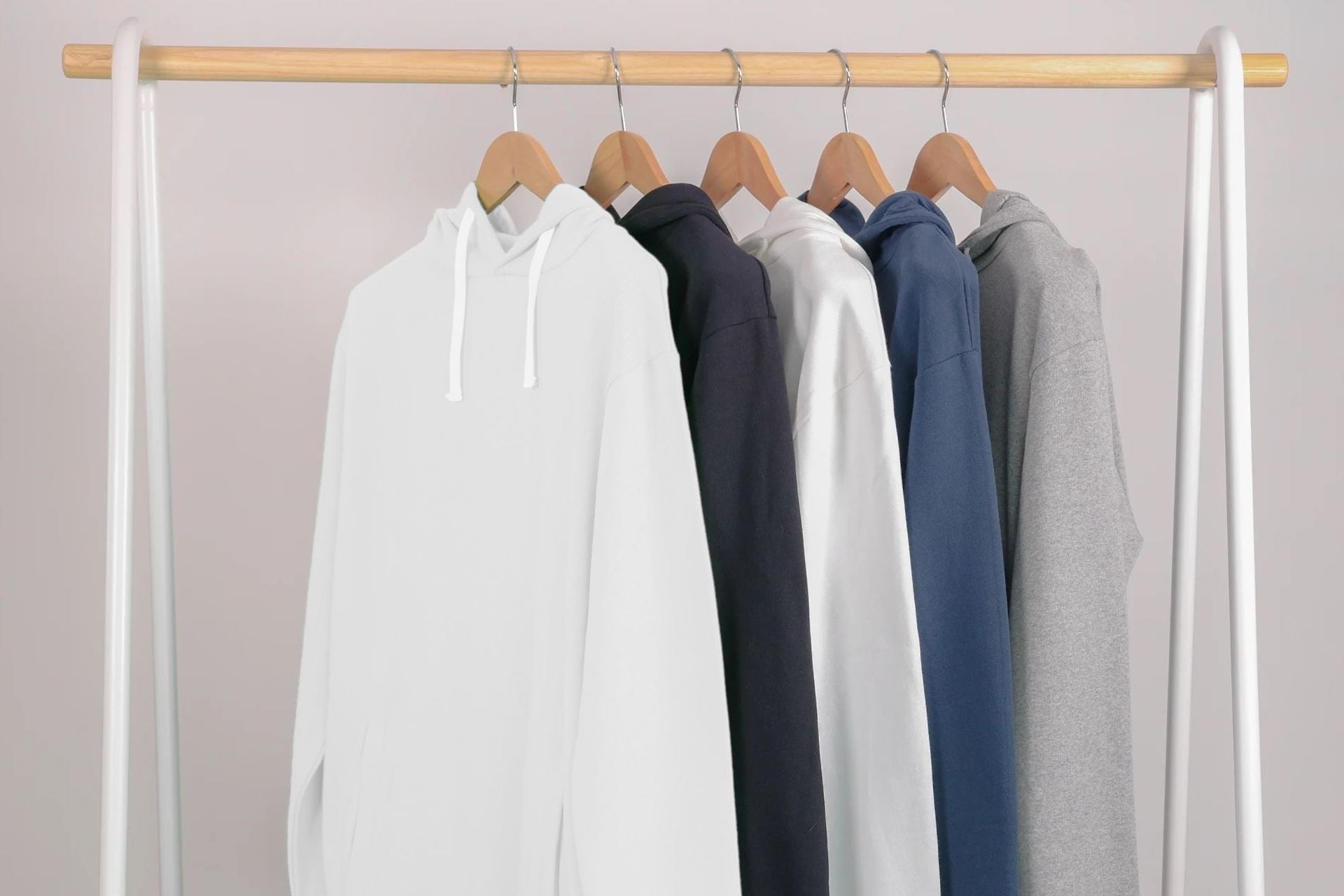Upcycling is the new kid on the block. It’s the trend that’s catching everyone’s eye. Often confused for recycling, the two shouldn’t be interchanged because they’re distinct. Recycling, which can be pre- or post-consumer, breaks down a material to its original components in order to create something new by restarting the entire production process, from fibre to finish. But upcycling uses existing material to create something new, without breaking down the material.
Within fashion, it’s done through cutting, mending, and sewing. Upcycled clothing can be made from fabric scraps from garment factories, unwanted clothing, or even from material that was never intended to be worn like curtains and plastic bags. Recently, upcycling has been gaining momentum within the fashion industry - and for good reason.
Origins of upcycling
Let’s get into a quick history lesson.
Believe it or not, the concept of upcycling goes back to the 19th century. Having been common practice within the aristocracy, where expensive gowns were remodelled and transformed for new occasions. By the 1940s, it was practised among ordinary people but mostly when in desperate need - due to the war or a financial crisis.

An illustration by Donia Nachsen for the Make Do and Mend campaign in 1942 during WWII.
Upcycling was a thing before people realised it was. Luxury streetwear designer and pioneer Daniel Day, or Dapper Dan, made his name in the 1990s in Harlem by creating repurposed and transformed hip-hop style pieces out of the materials and logos of designer clothing.
The term ‘upcycling’ was only coined in 1994 by German engineer Reiner Pliz. His mentality was that “recycling is down-cycling”, where value is diminished, and what we instead need is for old products to have more value, not less. In 1998 came the first published book written by Gunter Pauli, called Upcycling - some say Pauli invented the term. In 2002, the concept managed to gain mainstream recognition through Cradle to Cradle: Remaking the Way We Make Things by authors McDonough and Braungart.
What’s the big hype around upcycled clothing?
In the past decade, upcycling has seen a major increase in web searches.
 Google Trends
Google Trends
As we’ve seen throughout history, upcycling has been used as a means of saving money or resources which were needed elsewhere. The difference now is that upcycling is also being considered as a sustainable choice, to extend the lifetime of already existing products. Sending less waste to landfill.
On that, a big plus to upcycling is that it resolves many of the issues with textile recycling. The technologies for recycling complex fabrics aren’t well established, while the majority of clothing is made out of mixed patterns or fibre blends (e.g. polyester & cotton). Because of all this, while some brands like ours are able to create high-quality recycled clothing ranges using new technology, less than 1% of textile waste is recycled into new clothes.
That in mind, upcycling is arguably a realistic part of the plan to reduce the giant pile of thrown-away clothes. That is, at least until the fashion industry becomes more mindful of what fibres to make our clothes with and better technologies are developed.

Not only is it a means for brands to take sustainable action, but individuals alike. Upcycling has become a huge trend on TikTok, Instagram, YouTube, Pinterest - you name it. Remember we said that plastic bags could be upcycled into clothes? You probably thought we were crazy. But check out this college student who went viral for creating clothes out of grocery store bags.
@ariellesidney_ *I will be one of the greatest that is a vow that is a promise*
♬ The Kings Affirmation by Iniko streaming everywher - Iniko
It’s also fairly simple to implement, which is a big plus for brands looking to get into the circular economy. No fancy tech needed, just some creativity and sewing machines. It also requires minimal resources, making the process environmentally friendly.
But there are other factors that contribute to the rise of upcycling. For many brands, upcycling is a means of creating art, as well as unique pieces which is something that’s been lost due to the mass production of fast fashion. You can see this through the many designer brands joining the hype.

Affordability
Unfortunately, upcycled clothing isn’t accessible to everyone. Most brands, especially the ones that market themselves as sustainable, are still selling pieces at high prices and aiming towards the luxury end of the market. Until that changes, we’ve got some way to go before upcycling is adopted by the masses and becomes more impactful. After all, we strongly believe that sustainable fashion shouldn’t have to be more expensive.
Keeping an eye on the movement
Despite the challenges, upcycling has reached the mainstream, with even fast fashion brands like Urban Outfitters creating an upcycled collection. But relative to the vast amount of textile waste, this is only a start. It’s important that we don’t mistake one upcycling collection for pervasive sustainability. Upcycling needs to become much more ubiquitous to match the waste created by the fashion industry.
What do you think? Should more of our clothing be made through upcycling? Let us know in the comments below.




